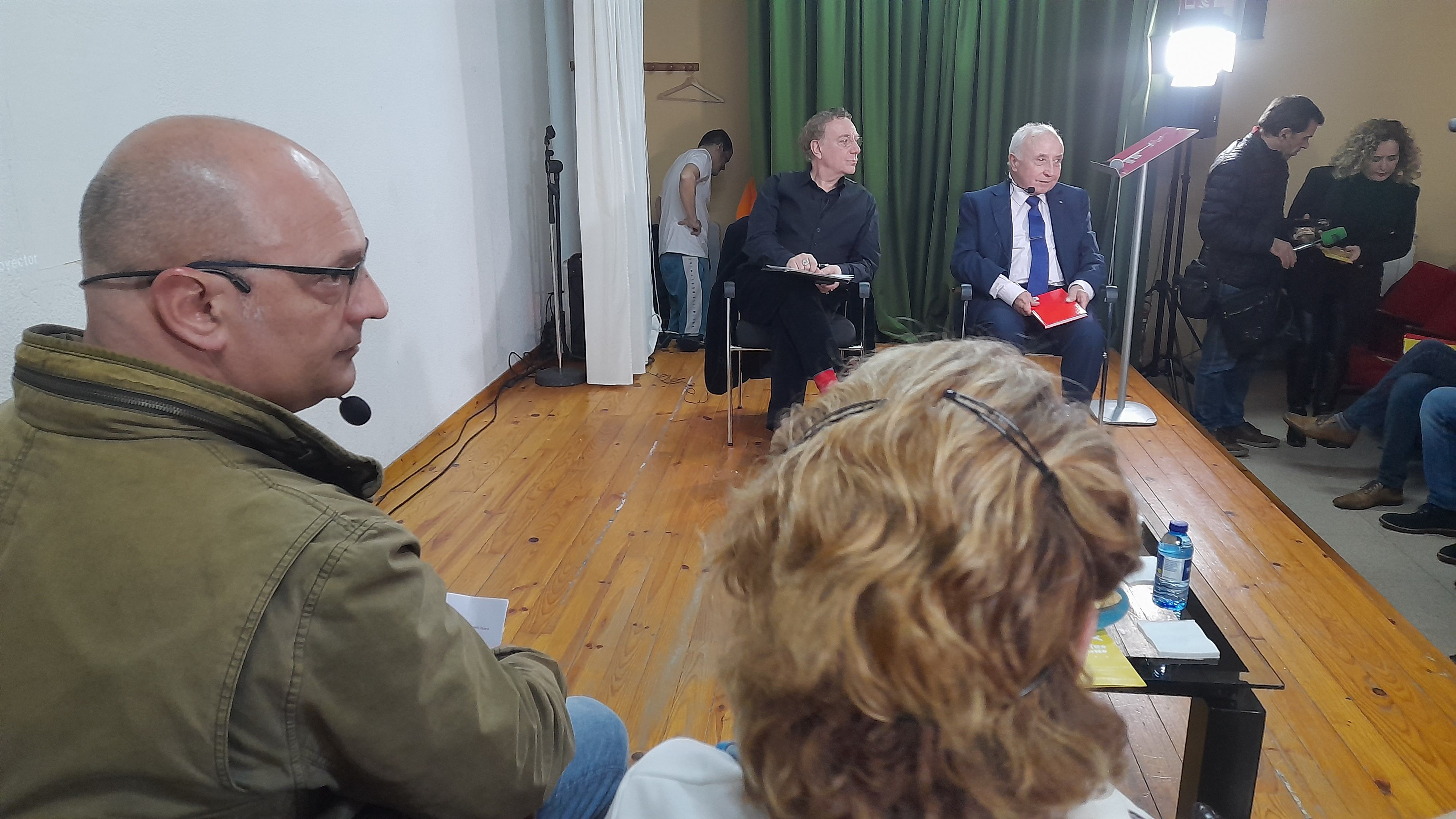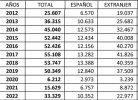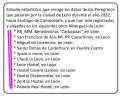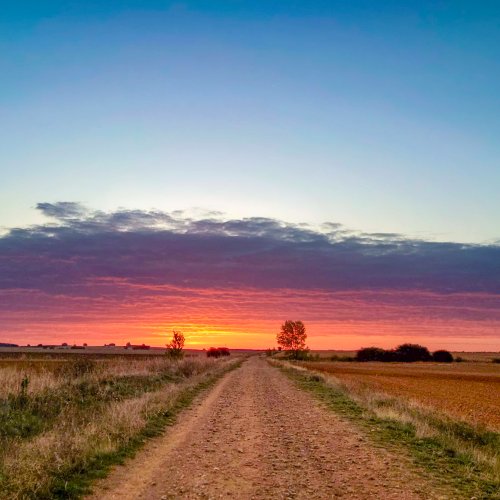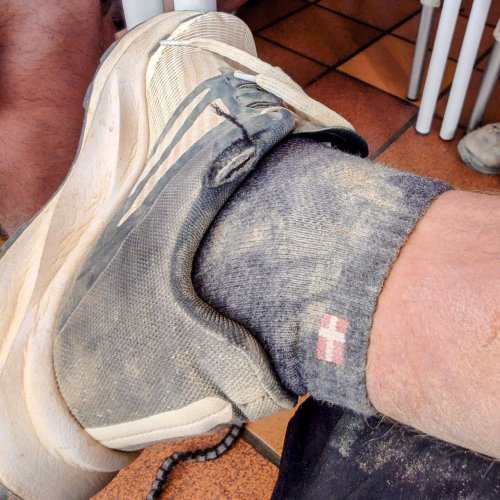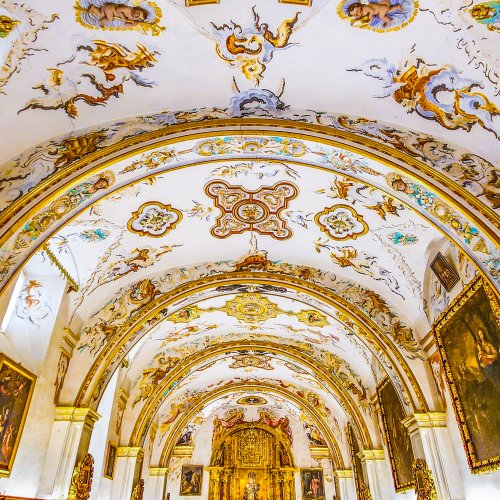- Time of past OR future Camino
- Podiensis, Portugues, Primitivo, 6 others
I just read this article.
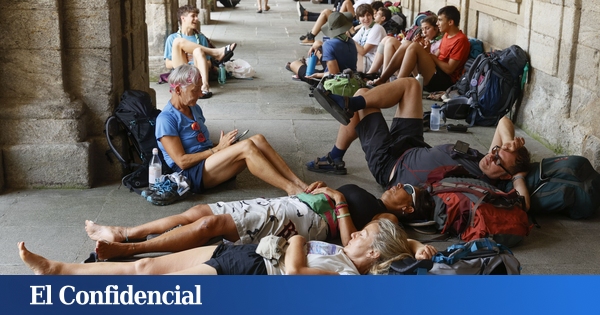
 www.elconfidencial.com
www.elconfidencial.com
Here are some points in English:
"That pilgrims abandon the French path, which is the initial one, the most
traveled one, which comes from medieval origins, clearly worries us. It is
being abandoned because of this overcrowding that is caused by the tourist
desire of the institutions, especially Galician ones. "It is the forceful
opinion of Anselmo Reguera, president of the Association of Friends of the
Camino de León. "The Xunta de Galicia and the archbishopric of Santiago have
encouraged that by completing the last hundred kilometers the Compostela be
awarded. This has created an economic gap from Sarria to Santiago to obtain
the Compostela, and that is not pilgrims, they are hikers.
"The thing about one hundred kilometers to obtain the Compostela is not new,
it comes from 1948, but it is also true that this formula has been increasing
in recent years, so that people do not understand the Camino as we understood
it before as a complete route and take a tasting trail, which is the last
hundred kilometers," says José Ignacio Gutiérrez. A reflection shared by the
Camino Francés Federation. "The Xunta de Galicia has appropriated the Camino,
legally, and has carried out a tourist campaign under the pretext of the
Camino. It talks about historically non-existent paths and the popularity has
transferred it to tourist aspects.
I have always, do now and always will say that there is no right or wrong camino, just different ones with different experiences, costs, difficulty, culture, language, etc.
I took particular note of the comment by Sr. Gutierrez: ...people do not understand the Camino as we understood it before as a complete route..." I can't contest that in the sense that even for us, the camino of today has indeed changed in some ways dramatically from our first camino. And I know that at least for us, we have been seeking lesser walked paths in recent years, even though we always make a point of visiting one of the places on the Frances we hold so dear from our first camino.

Alerta en el Camino de Santiago francés tras perder la mitad de sus peregrinos en diez años
Mientras Galicia advierte de la masificación, esta ruta histórica ha perdido peso progresivamente ante otras opciones. La Junta de Castilla y León, territorio con más kilómetros del trazado, prepara un plan de choque
Here are some points in English:
"That pilgrims abandon the French path, which is the initial one, the most
traveled one, which comes from medieval origins, clearly worries us. It is
being abandoned because of this overcrowding that is caused by the tourist
desire of the institutions, especially Galician ones. "It is the forceful
opinion of Anselmo Reguera, president of the Association of Friends of the
Camino de León. "The Xunta de Galicia and the archbishopric of Santiago have
encouraged that by completing the last hundred kilometers the Compostela be
awarded. This has created an economic gap from Sarria to Santiago to obtain
the Compostela, and that is not pilgrims, they are hikers.
"The thing about one hundred kilometers to obtain the Compostela is not new,
it comes from 1948, but it is also true that this formula has been increasing
in recent years, so that people do not understand the Camino as we understood
it before as a complete route and take a tasting trail, which is the last
hundred kilometers," says José Ignacio Gutiérrez. A reflection shared by the
Camino Francés Federation. "The Xunta de Galicia has appropriated the Camino,
legally, and has carried out a tourist campaign under the pretext of the
Camino. It talks about historically non-existent paths and the popularity has
transferred it to tourist aspects.
I have always, do now and always will say that there is no right or wrong camino, just different ones with different experiences, costs, difficulty, culture, language, etc.
I took particular note of the comment by Sr. Gutierrez: ...people do not understand the Camino as we understood it before as a complete route..." I can't contest that in the sense that even for us, the camino of today has indeed changed in some ways dramatically from our first camino. And I know that at least for us, we have been seeking lesser walked paths in recent years, even though we always make a point of visiting one of the places on the Frances we hold so dear from our first camino.









